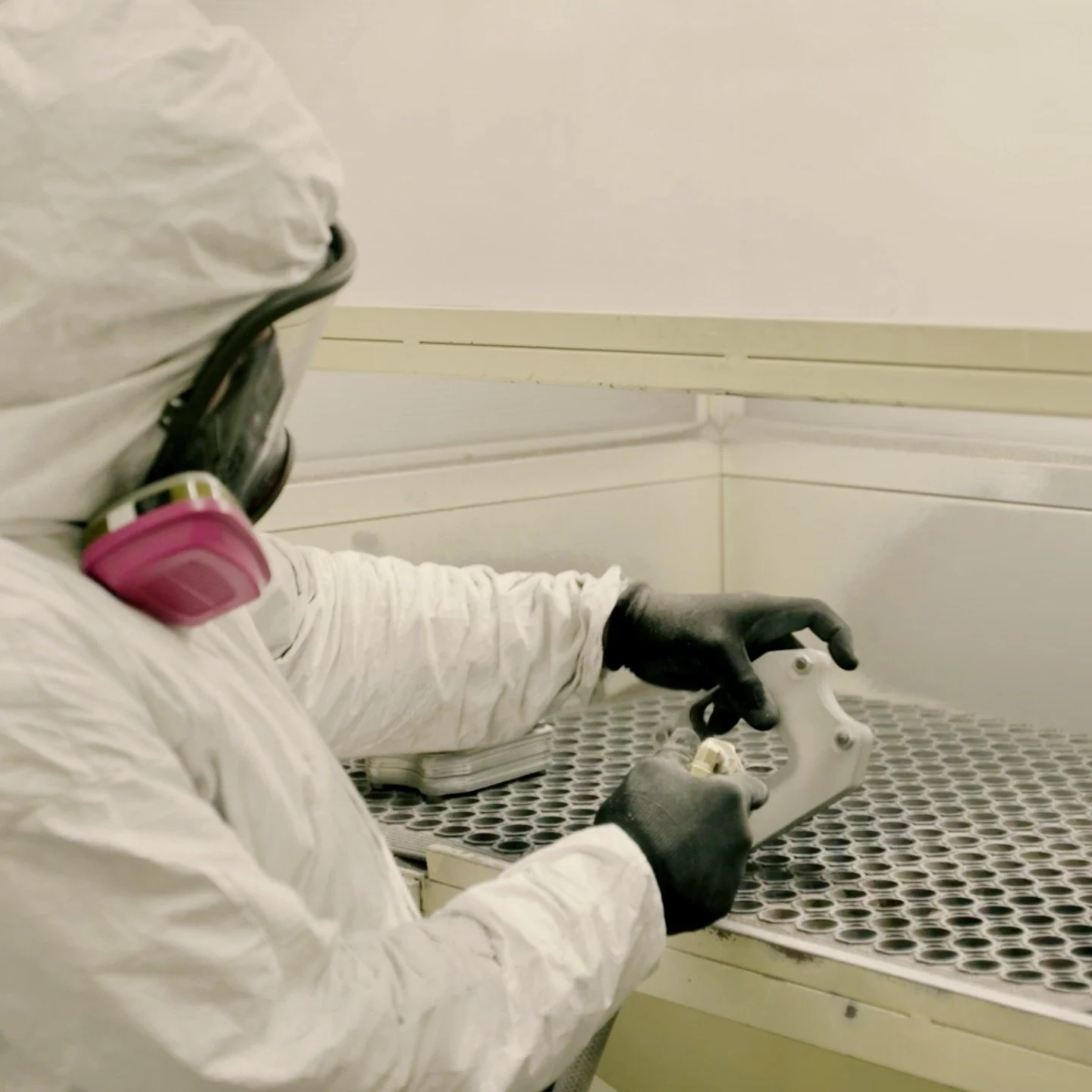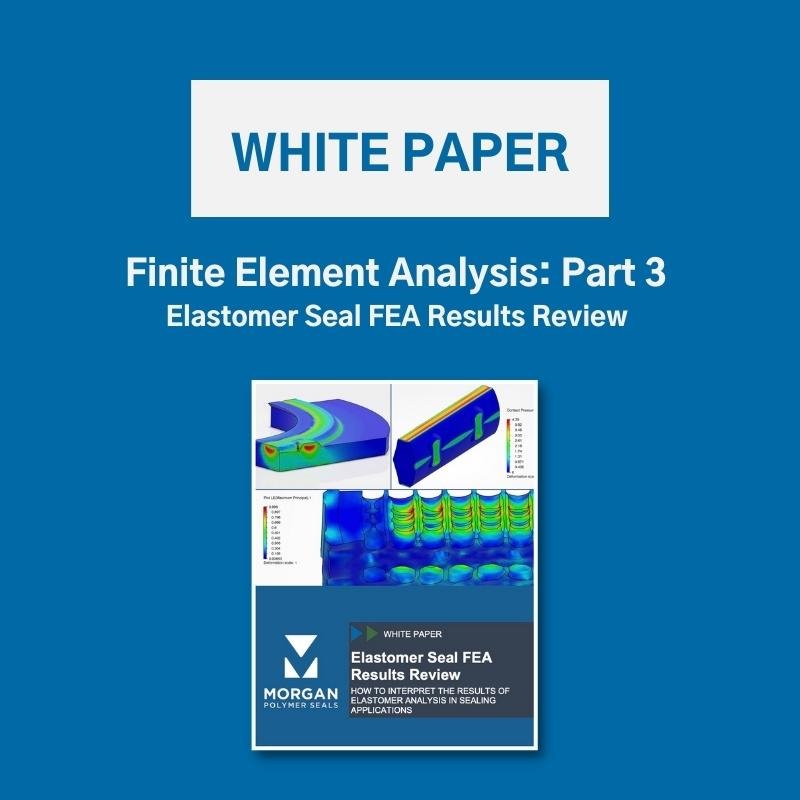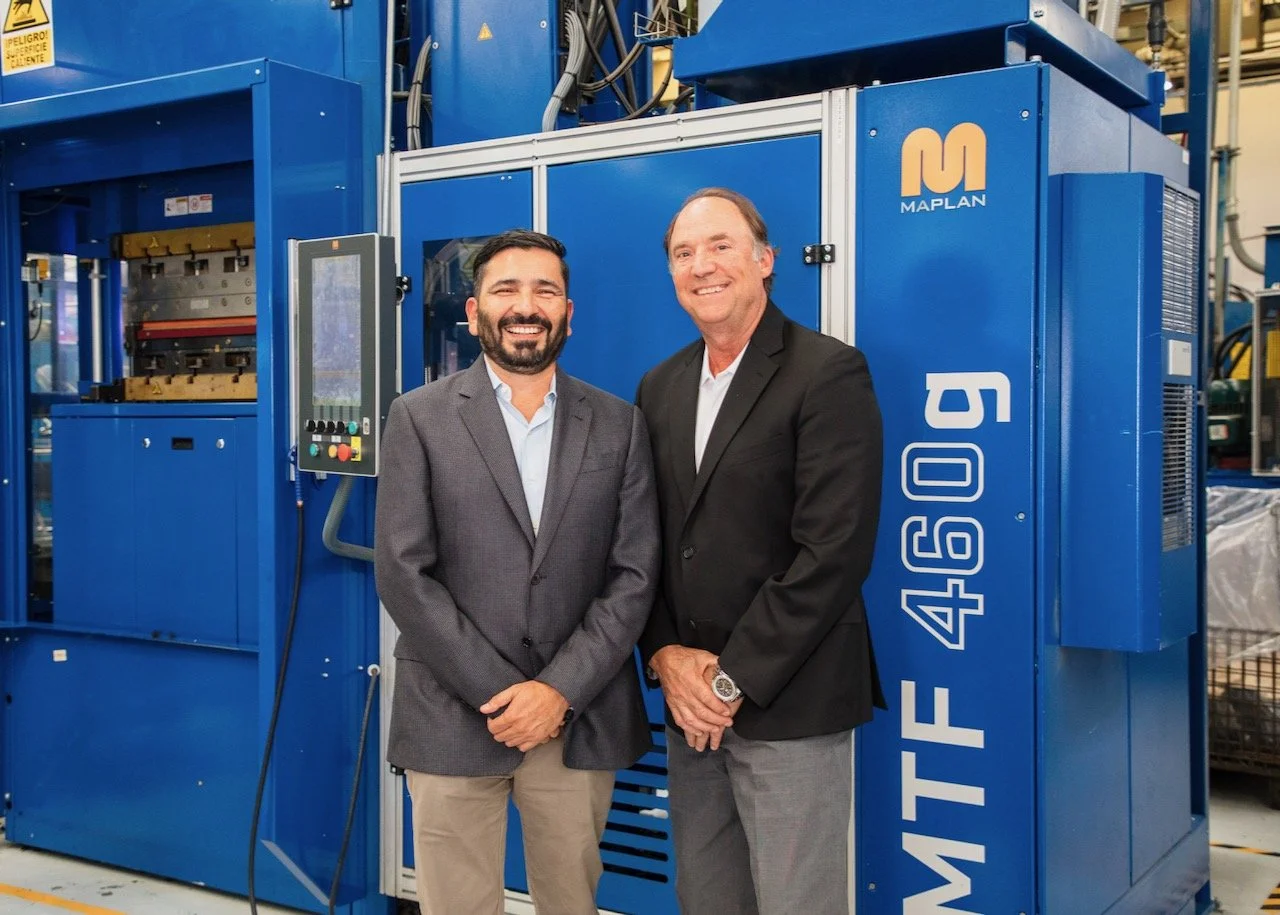GM tasked Morgan Polymer Seals to collaborate with ITW to design a mechanical seal for a new capless refueling system in the Cadillac CT6. The custom seal system had to reduce hydrocarbon emissions, seal on the fuel fill-nozzle, and remain flexible at a temperature down to -40°C. This article looks at the design process and how successful seal design is achieved for an automotive application.
Read MoreA seal’s design has the highest impact on its overall cost and quality, so we enjoy supporting your technical team throughout the entire design process.
Let’s take a look at the timeline and steps involved for the successful design of automotive gaskets and seals.
Read MoreHere are just a few of the pre-mold, and post-mold capabilities that support the gaskets and seals we manufacture in Mexico.
Read MoreCompression molding is one of the lowest-cost molding methods with regard to tooling and equipment.
Read MoreOf significant importance in the effectiveness of the injection molding process are the capabilities of the injection press itself. In this article, we highlight some of the key equipment features that promote satisfactory injection molding for automotive gaskets and seals.
Read MoreInjection molding is one of the most popular processes for achieving high-quality and cost-effective gaskets and seals.
In this article, we explain the process and its key benefits for precision molding in Mexico.
Read MoreSome seals are relatively simple, made entirely of rubber. But sometimes a critical system requires sealing components that are more complex than a simple rubber seal.
In these situations, overmolding may be necessary to achieve optimal sealing performance for challenging applications.
Read MoreIn rubber gasket molding, takeover tooling is when an OEM/manufacturer switches to a different supplier and continues using the same tool, or mold, used by their previous supplier to produce the part with a new supplier.
Read MoreWe’re pleased to offer you another technical White Paper, written by our very own Design Engineer, Thomas Morgan. This paper explains how to interpret the results of elastomer analysis in sealing applications.
Read MoreMorgan Polymer Seals announced today its expansion into markets beyond automotive with new contracts to supply the Ag / Construction and Electric Vehicle segments.
Read MoreWe’re pleased to offer you another technical White Paper, written by our very own Design Engineer, Thomas Morgan. This paper covers the scenarios that are typically required for a proper and complete design process of sealing elastomers.
Read MoreMorgan Polymer Seals announced today the innovation of its in-house vision inspection technology for a Volkswagen filter plate seal used in a vehicle’s Transmission Electro-Hydraulic Control Module (TECHM).
Read MoreTo coincide with its 25th anniversary, Morgan Polymer Seals announced today a 35,000 square foot expansion of its primary manufacturing plant in Tijuana, Mexico. The expansion, slated for completion on June 1st, will help meet the rapidly growing demand for quality elastomeric seals efficiently manufactured on-shore in North America.
Read MoreWe’re pleased to offer you another technical White Paper, written by our very own Design Engineer, Thomas Morgan. Here are just a few of the key insights you’ll learn gain inside the pages:
Why Finite Element Analysis a critical step in designing quality rubber gaskets and seals
Best practices for Material Testing
How to work with Approximatation Equations
Read MoreVitesco, formerly Continental Automotive, tasked Morgan Polymer Seals to manufacture and deliver T76 filter plates, with the expectation of zero defects. The filter plates feature a black rubber seal design on a black plastic carrier gasket, making defects hard to detect with the human eye.
Read MoreWhen automated vision inspection became a much-desired approach to achieving zero PPM, most manufacturers purchased turnkey vision inspection systems to inspect their finished goods. But at Morgan Polymer Seals, we’ve developed our own line of automated vision inspection machines.
Read MoreVision inspection is a computer-aided visual analysis of manufactured parts to sort out any with defects, irregularities, or other quality control issues. Unlike manual inspection that relies solely on human hands and eyes, automated vision inspection employs a mechanical system of high-speed cameras, software, and automation hardware components to inspect each part thoroughly and quickly.
Read MoreGeneral Motors (GM) tasked Morgan Polymer Seals to collaborate with Illinois Tool Works (ITW) to design a mechanical seal for a new capless refueling system in the Cadillac CT6. The custom seal system had to reduce hydrocarbon emissions, seal on the fuel fill-nozzle, and remain flexible at a temperature down to -40°C. To avoid a larger redesign of the car’s body, the sealing system also had to fit within the sedan’s existing size constraints.
Read More

















